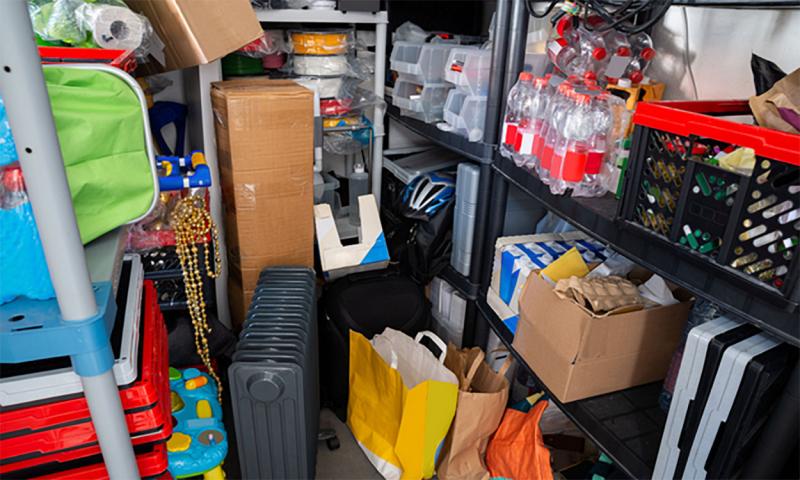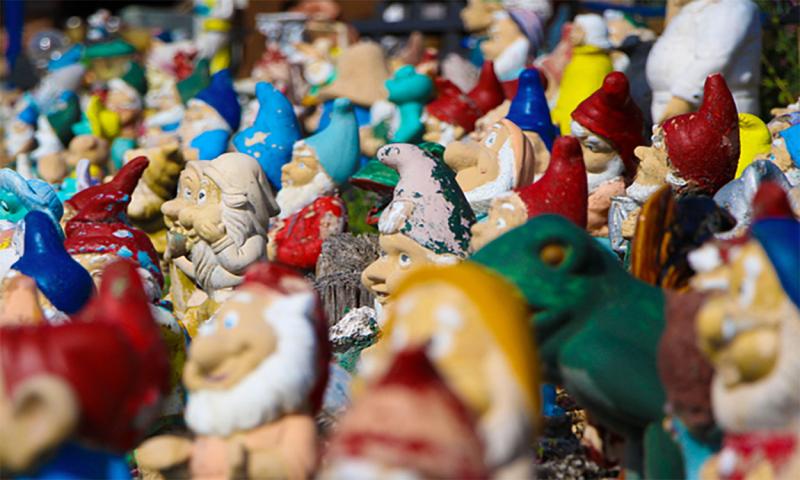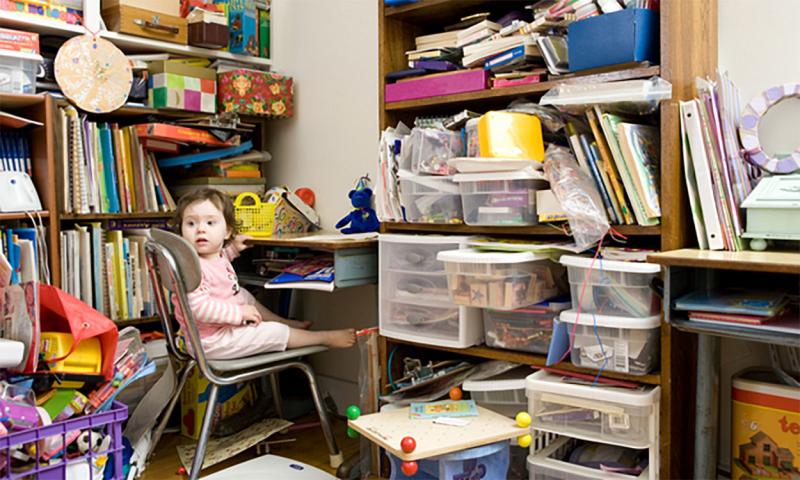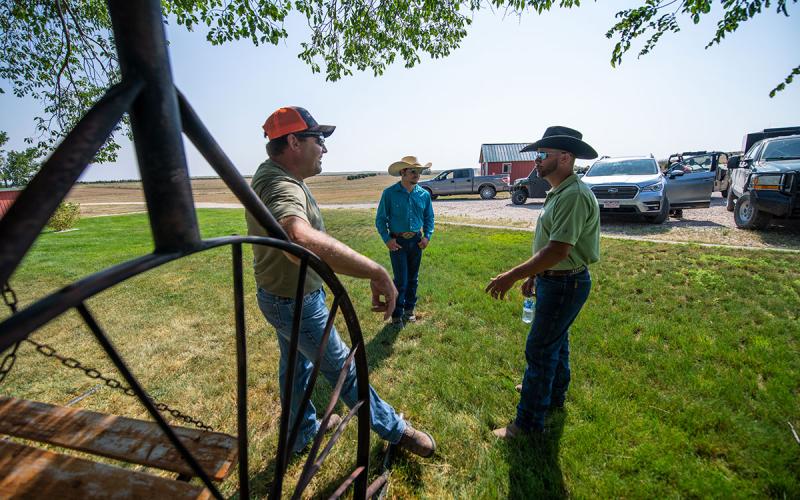
Written by Katie Minder under the direction and review of Lorna Saboe-Wounded Head.
Mayo Clinic defines hoarding disorder as an ongoing difficulty throwing away or parting with possessions, because you believe that you need to save them. Hoarding can range from mild to severe. Mild cases of hoarding do not affect daily life; people can still conduct normal actions. They may have a surplus of possessions they do not need, but they can still function. In severe cases, such as the ones you would see on TV, people’s lives are put in danger, because their items do not allow them to live in a healthy home.
What is a healthy home?
A healthy home is defined as one that is designed, constructed, maintained, or rehabilitated in a manner that prevents diseases and injuries that result from housing-related hazards. When items pile up all around the house, it can make it difficult to execute normal routines.
There are eight principles to a healthy home. Hoarding becomes dangerous when one or more of these principles are violated.
- Dry: Keeping a home dry means water must be prevented from entering the home.
- Clean: A home must be kept clean; controlling the source of dust and contaminants allows surfaces to be cleaned and not cluttered.
- Safe: To keep a home safe, poisons must be out of reach of children, loose rugs must be secured, children’s play areas should not have hard or sharp surfaces, and smoke detectors must be installed.
- Well-ventilated: Bathrooms and kitchens must be well-ventilated to keep a supply of fresh air.
- Pest-free: A healthy home maintains a pest-free place by having cracks and openings sealed, storing food in pest-resistant containers, and using sticky traps if needed.
- Contaminate-free: Fixing deteriorated paint and keeping flows and window areas will help keep a home contaminant-free.
- Well-maintained: Inspect, clean, and repair homes routinely to ensure a house is well-maintained.
- Thermally controlled: A healthy home should also be thermally controlled to decrease the risk of being exposed to extreme cold or heat.
I collect things, does that make me a hoarder?

Collecting is deliberately searching out specific items, categorizing them, and carefully displaying them in collections. Collecting items can become hoarding only if there is a persistent difficulty in discarding or parting with possessions because of a perceived need to save them. Most collectors like to keep their precious items safe and clean, whereas hoarders continue accumulating items and stacking them where they can be a hazard.
Hoarding affects 2% to 6% of the population and it is most common among people ages fifty-five and over. There is also no correlation between ethnicity and race and hoarding. It can happen to anyone. Individuals who struggle with compulsive hoarding often have symptoms of a mental illness, such as depression, anxiety, attention deficit hyperactivity disorder, and obsessive-compulsive disorder. Though there is no current known cause of hoarding, some believe it may come from stressful life events, family history, and social isolation.
Excessively acquiring items, even when there is limited space to put things, is a sign of hoarding. Another sign is persistent difficulty throwing or parting with things, even when the item has no value. Hoarders tend to have few meaningful relationships, because they are more worried about their possessions and may be embarrassed to have people come to their homes. If they do have some meaningful relationships, they are from early on, before the beginning of their hoarding.
If you are showing signs of hoarding, ask yourself these questions:
- Am I unable to use my living space because of clutter?
- Do I feel emotionally attached to my possessions?
- Do my possessions provide me with feelings of safety or security?
- Do I hide my need to hold on to items from others?
If you believe you may have a problem, remember, there are resources available to help.
Safety Issues

Individuals with hoarding symptoms are creative; the problem is they cannot see these plans through. Things start to pile up because they have a plan for each item that is not executed. These piles are dangerous, because they can fall on people, and EMTs may have trouble getting to an injured person with all the stuff in the way. If a space, such as a kitchen or bathroom, is full of stuff, it cannot be used for its intended purpose. This is a hazard, because people need to be able to eat and bathe somewhere. Hoarding causes significant stress on the household members.
Hoarding causes many complications, such as the risk of falling, family conflicts, fire hazards, and injuries. It can also cause loneliness, unsanitary conditions, poor work performance, legal issues (eviction), and financial stress. If a loved one struggles with compulsive hoarding, the worst thing you can do is clean up their mess. They will be upset with you and fill the space with more stuff. The best thing you can do for them is to be patient, listen without judgment, and recognize small steps of progress. Talk to a doctor, or mental health professional, or seek a community program for help for your loved one. The last resort should be calling the police.
Watch for warning signs in yourself or loved ones around the age of fifty-five. There is no prevention of compulsive hoarding. The best thing to do is to watch for warning signs and stop it early before it progresses further.
This content was presented as a webinar for the Financial Fireside Chats on April 23, 2024.
References
- Hoarding Disorder, Mayo Clinic.
- The Eight Principles of a Healthy Home, U.S. Department of Housing and Urban Development.

